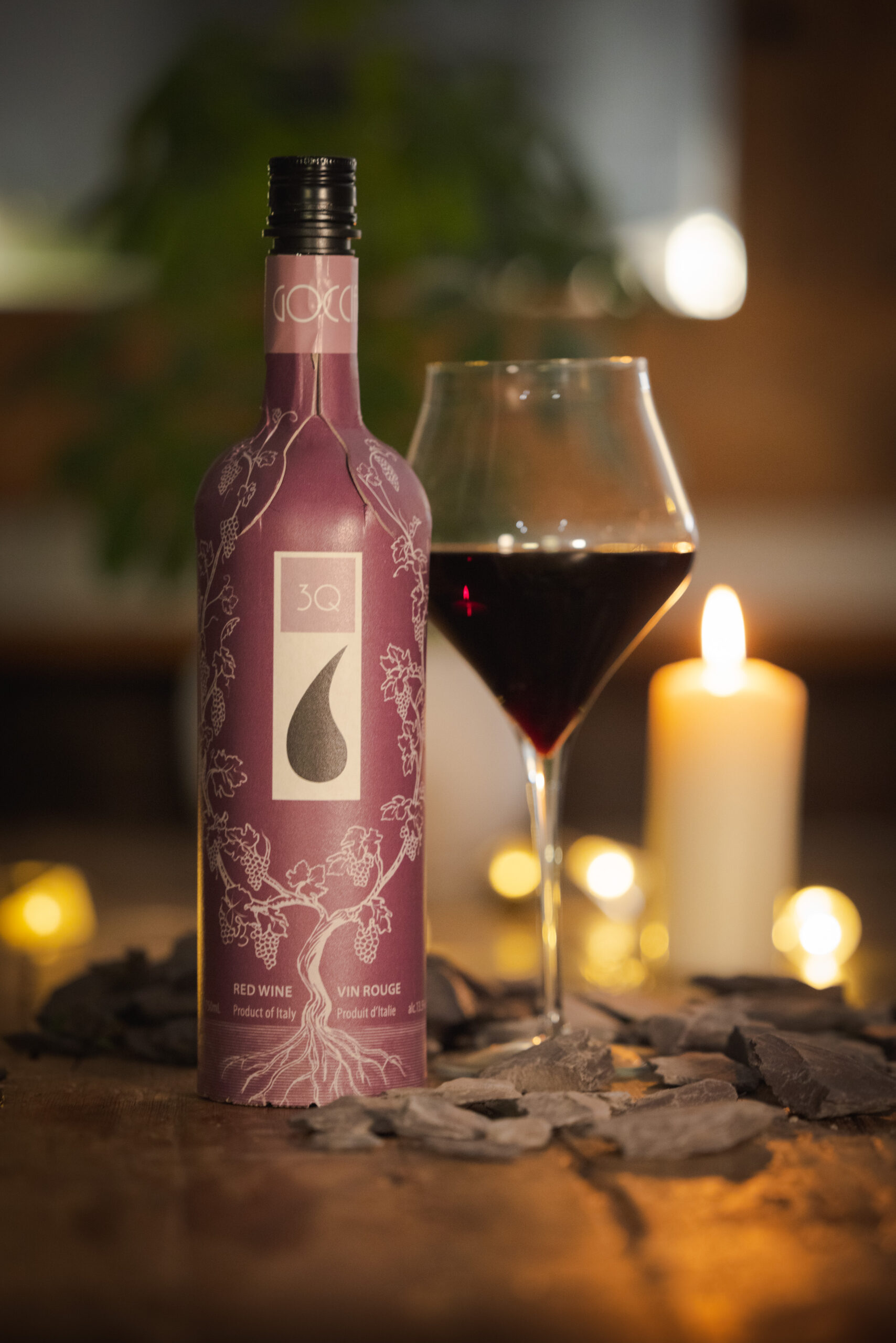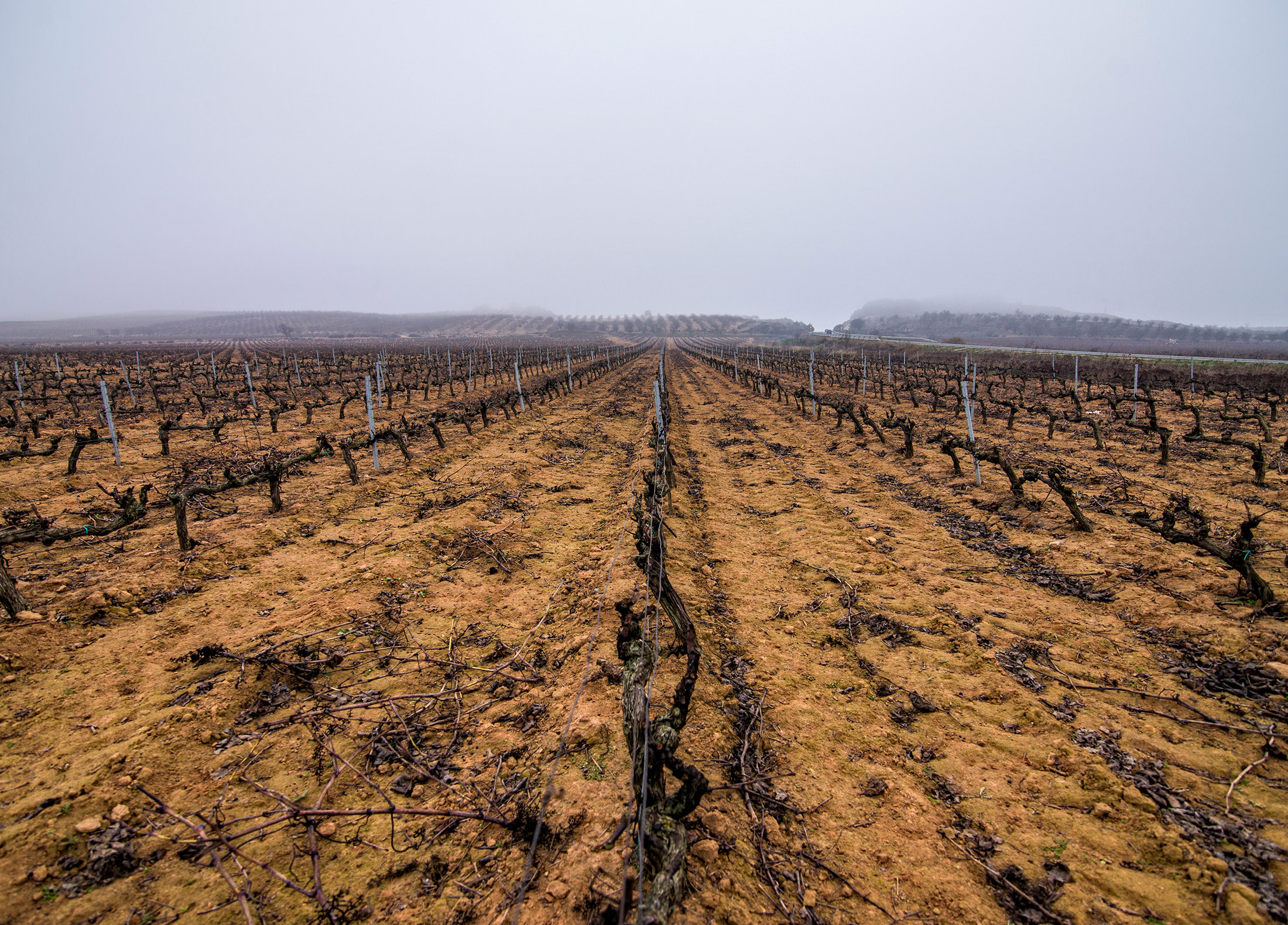Canada’s Iconic Icewines
Hitting the sweet spot.
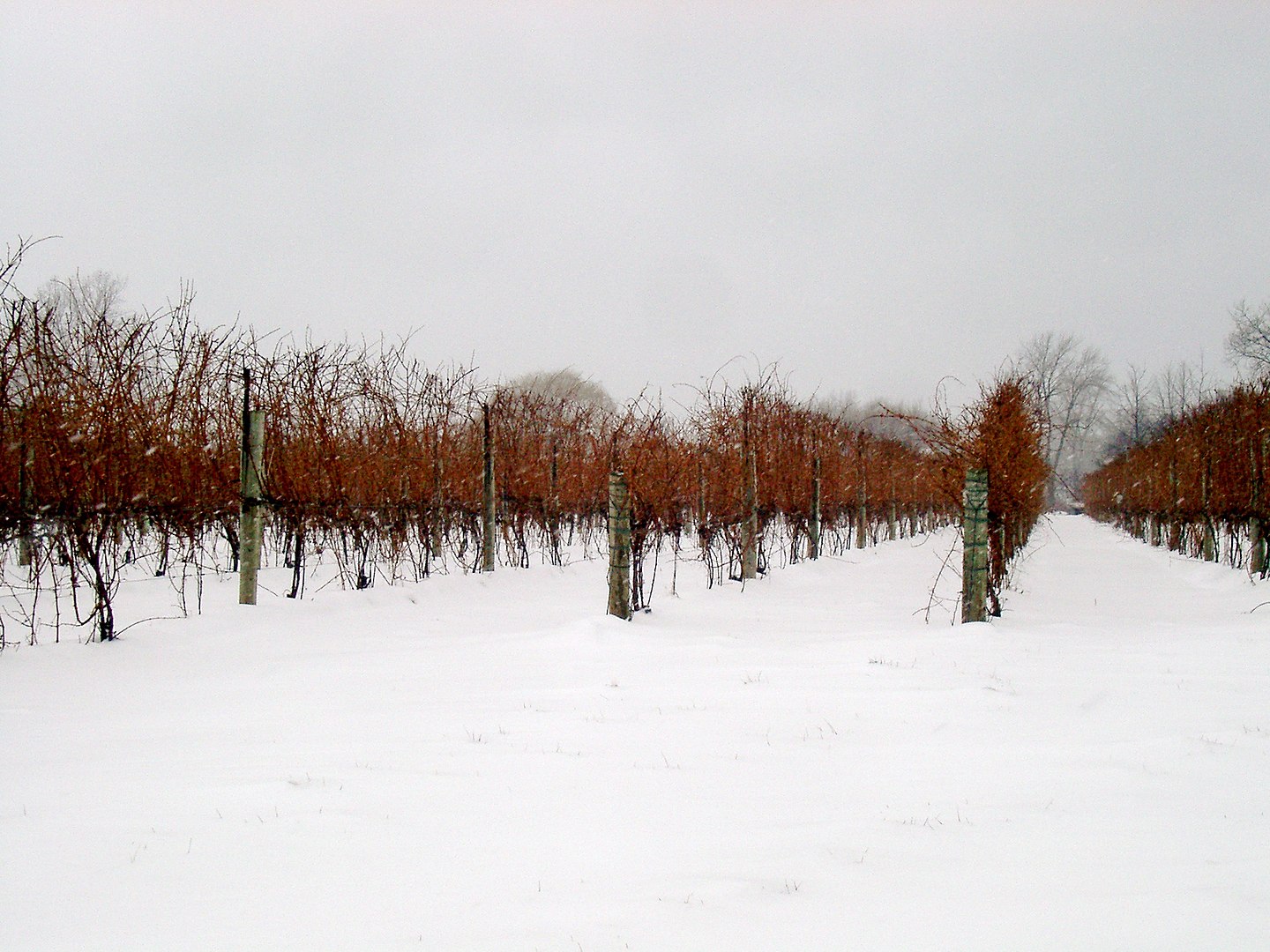
Although Canada exports fine table and sparkling wines, its best-known wine export is still Icewine, the ultra-sweet liquid that first put Canada on the world wine map. Produced in some form in Europe, Icewine (the trademarked name is one word with a capital I) was first made in British Columbia in 1973 and commercially in Ontario five years later. Ontario now makes about 90 per cent of Canada’s Icewine, with most of the rest coming from British Columbia and very small contributions from Nova Scotia and Quebec.
It shouldn’t be surprising that the key to making Icewine is… ice. The grapes dedicated for Icewine are left to shrivel on their vines well past the usual harvest (in September or October) until they are well frozen—the rules state that the temperature must be at least -8°C, which usually happens in December or January. At that point, the water left in the grapes is frozen, but a very small volume of sugar-filled juice, which has a lower freezing-point than water, is still liquid. The grapes are picked (usually in the cold of night), then pressed in heavy-duty hydraulic presses to extract the juice. The ice is crushed but it does not melt, and what is extracted is very sweet, very concentrated liquid that is fermented into Icewine.
There is so much sugar in the juice that even when some has been fermented into alcohol—Icewine usually has only about 9 to 11 per cent alcohol—a lot of sugar (called residual sugar) remains to give the finished wine its rich sweetness. The minimum to make British Columbia and Ontario Icewine is 100 grams of residual sugar per litre, but most are much sweeter than that: most fall between 150 and 220 grams, but some have more than 300 grams. For the sake of comparison, most ports have 100-110 grams of sugar, while sweetish red wines such as Yellow Tail Shiraz have 12-15 grams.
Icewine is ultrasweet by nature, by definition, and by law.
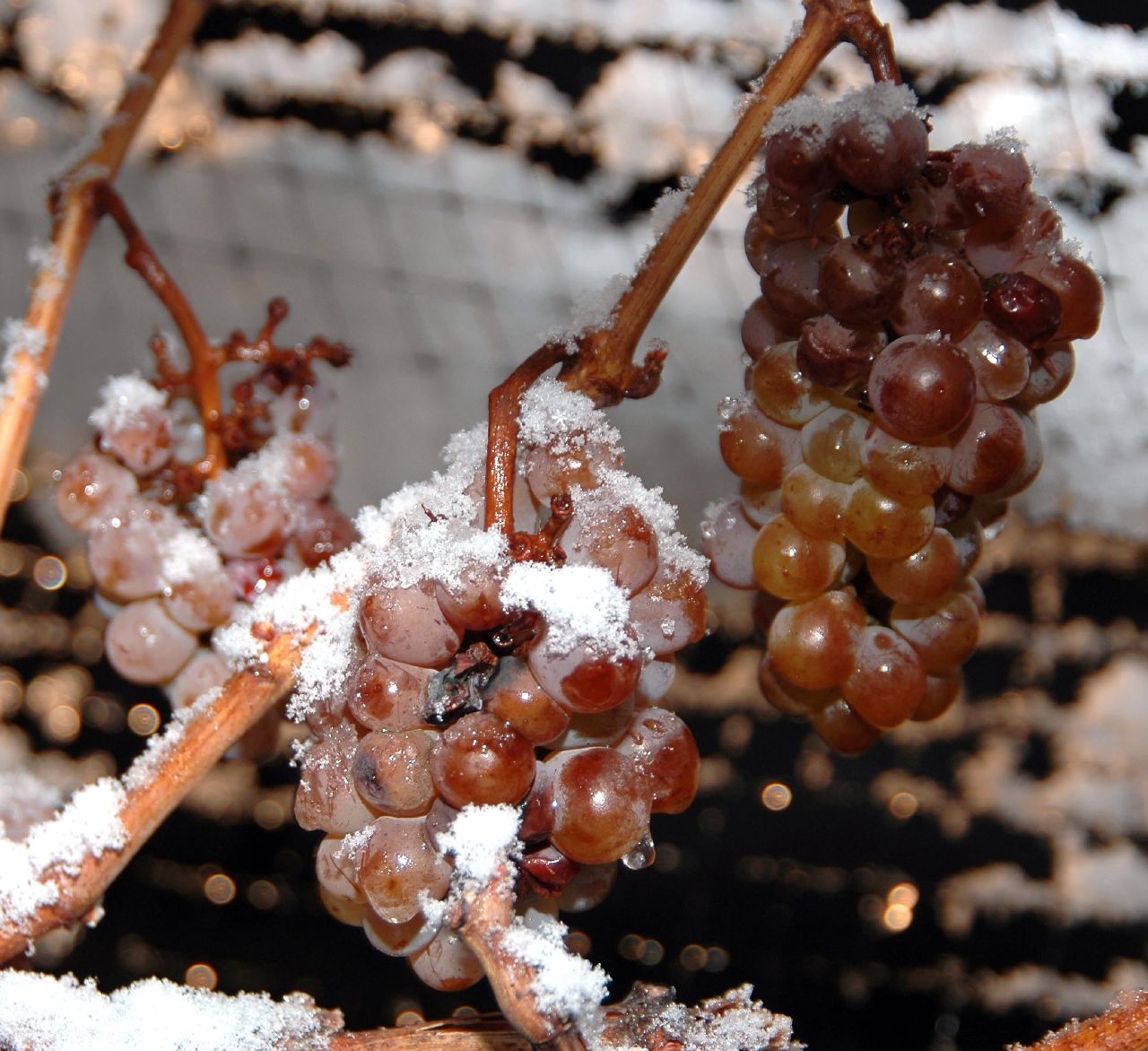
Because so little juice is extracted from each grape, it takes far more grapes to make Icewine than table wines, which explains why Icewine is so much more expensive than almost all other Canadian wines. Half-bottles (375ml) generally sell in Canada for $60-80, and many wineries produce more affordable 200ml bottles.
Icewine is, then, a luxury wine, and like all wines, there are fine, good, and mediocre examples. Quality Icewine should have flavour complexity and balance, especially a good level of acidity to give the texture liveliness and prevent the sweetness from being flat and cloying. The few sparkling Icewines tend by nature to be bright and fresh. Icewine can be made from many grape varieties, the most common being vidal, cabernet franc, and riesling. Vidal and riesling generally produce flavours of honey and tropical fruit, while cabernet franc often shows rhubarb and red fruit. Icewine can be drunk on its own or with rich foods such as blue cheeses and foie gras, and with many not-too-sweet fruit-based desserts.
Icewine is an important Canadian export product, especially to East Asia, where the Chinese and South Korean markets are especially receptive to it. The United States market is as important as China’s, but much of the Icewine exported there is sold through duty-free stores rather than consumed domestically. The same is true of Icewine exports to Europe and the Middle East.
The importance of the Chinese market—either as direct sales to consumers or sales to Chinese travellers and tourists abroad—raises red flags for the future of Icewine, at least in the short term, because trade relations with China have deteriorated and international travel has declined. China is already a difficult market because fake Icewine is common there, and recent political and public health issues have only compounded the challenges.
Canadian Icewine’s story of sweet success was largely shaped by a buoyant Asian market and the growth of international travel and tourism. Its short- and longer-term fortune remains to be seen, but there’s no doubt that for the foreseeable future, Icewine will continue to be the flag-bearer of Canadian wine exports.
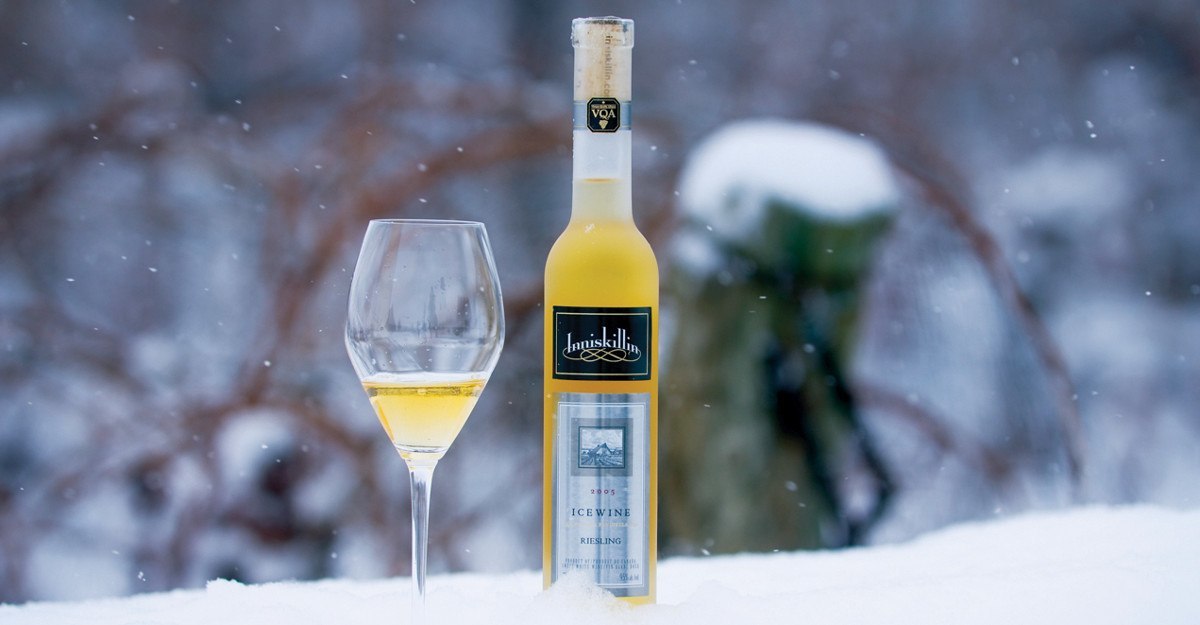
Notable Icewines
British Columbia
Cedar Creek Platinum Riesling Icewine 2017 (BC VQA Okanagan Valley)
Quails’ Gate Riesling Icewine 2017 (BC VQA Okanagan Valley)
Summerhill Pyramid Winery Small Lot Zweigelt Icewine 2016 (BC VQA Okanagan Valley)
Ontario
Inniskillin Riesling Icewine 2018 (VQA Niagara Peninsula)
Pillitteri Estates Reserve Cabernet Franc Icewine 2016 (VQA Niagara Peninsula)
Inniskillin Cabernet Franc Sparkling Icewine 2017 (VQA Niagara Peninsula)’
Henry of Pelham Vidal Icewine 2017 (VQA Niagara Peninsula)
Fielding Estate Riesling Icewine 2016 (VQA Niagara Peninsula)
Cave Spring Riesling Icewine 2017 (VQA Niagara Peninsula)
Quebec
Vignoble de Marathonien Vidal Vin de Glace 2017 (Québec)
Nova Scotia
Benjamin Bridge ‘Borealis’ Vidal Icewine 2015 (Nova Scotia)
_________
Never miss a story. Sign up for NUVO’s weekly newsletter, here.





